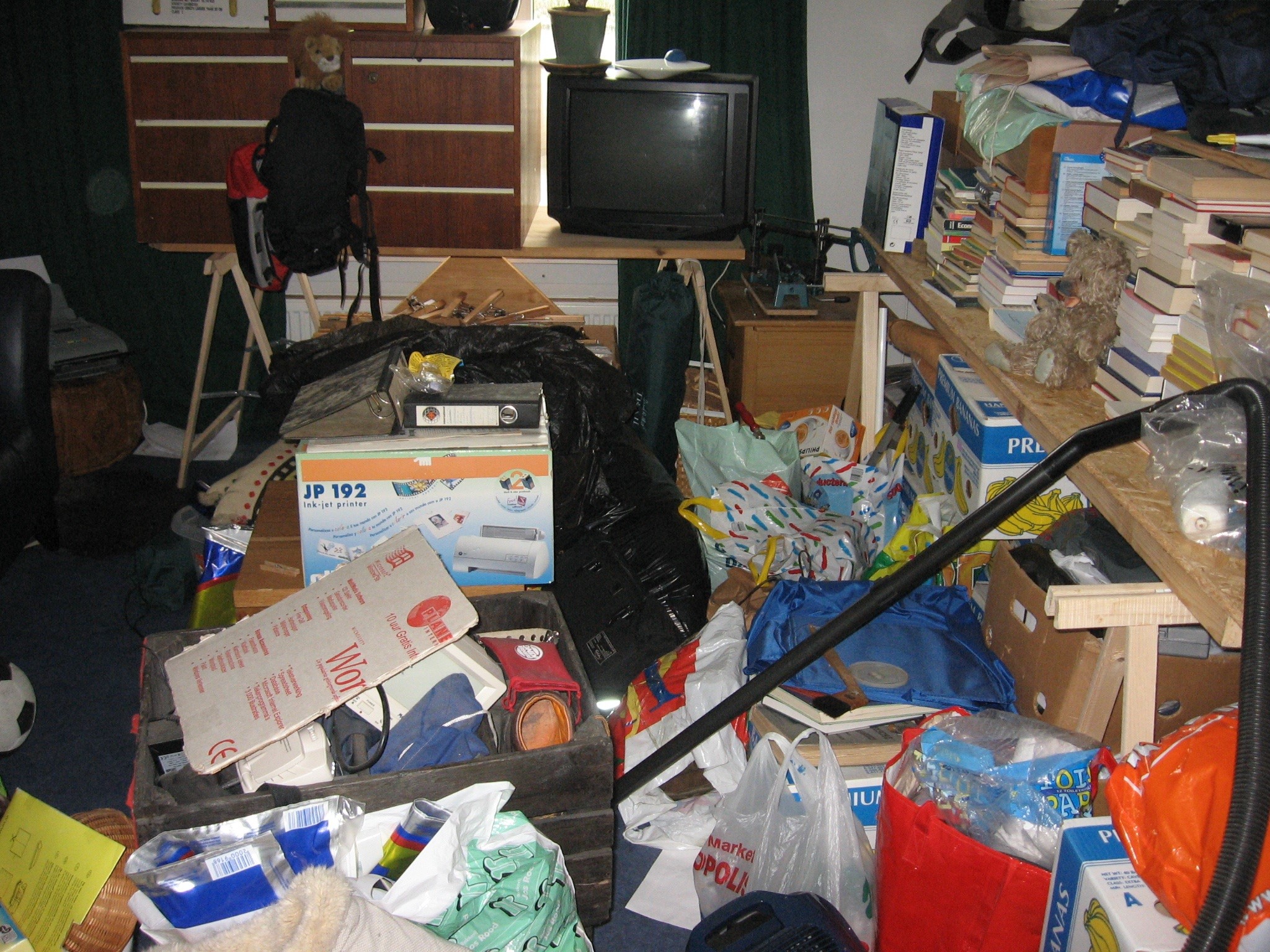There are approximately 19 million Americans affected by hoarding; the compulsive need to find/purchase and keep objects, animals or trash regardless of their value. Hoarding is a mental-health disorder in which one's behavior has a detrimental effect on one's health emotionally, physically, socially, financially and/or legally. People with hoarding don't recognize their condition and how it not only affects them, but their families and the community.
There are various levels of hoarding that define the severity of a person's disorder https://www.therecoveryvillage.com/mental-health/hoarding/related/levels-of-hoarding/#gref; by understanding the levels, people can learn how to assist those affected by the condition and minimize the abundant and serious risks associated with hoarding. Because large amounts of personal possessions fill the home, living spaces become cluttered and difficult to move around in or are unusable. This creates a dangerous environment contributing to household falls, obesity, respiratory problems (caused by dust mites and squalor), and poor medication compliance. But the most serious risk, associated with hoarding, is the potential for fire.
Hoarding Increases the Risk of Fire
When visiting the home, be aware of the following safety hazards:
- Cooking is unsafe if flammable items are too close to the stove or oven. Heating units may be too close to items that can burn. If a heater is placed on an unstable surface it may tip over into a pile and cause a fire.
- Electrical wiring may be old or worn from the weight of the piles. Pests could chew on wires. Damaged wires can start fires.
- Open flames from smoking materials or candles in a home with excess clutter are very dangerous.
- Blocked pathways and exits may hinder escape from a fire.
How to Help Reduce the Risk of Fire Injury
- When speaking with someone who is a hoarder, focus on safety rather than clutter.
- Help the resident make a home safety and escape plan. Stress the importance of clear pathways and exits and practice the plan often.
- Exit routes may change as new items are brought into the home.
- Install working smoke alarms in the home.
- Test them at least once a month.
- Reach out to community resources.
- Talk with the fire department to alert them of your concerns.
- They may be able to connect you with members of a hoarding task force for additional help.
- Talk with the fire department to alert them of your concerns.
Hoarding Impacts First Responders
- Hoarding puts first responders in harm's way.
- Firefighters cannot move swiftly through a home filled with clutter.
- Responders can be trapped in a home when exits are blocked. They can be injured by objects falling from piles.
- The weight of the stored items, especially if water is added to put out a fire, can lead to building collapse.
- Fighting fires is very risky in a hoarding home. It is hard to enter the home to provide medical care. The clutter impedes the search and rescue of people and pets.
- Those living adjacent to an occupied structure can be quickly affected when a fire occurs, due to excessive smoke and fire conditions.
To report a possible hoarding situation, in Prince William County, please call or contact Public Works Neighborhood Services at 703-792-7018 or [email protected].
For additional information on hoarding and fire safety, visit the National Fire Protection Association www.nfpa.org and the U.S. Fire Administration www.usfa.fema.gov.
